Essential Home Flexibility Routine for Retirees
As we age, maintaining flexibility becomes crucial for preserving mobility, reducing the risk of falls, and enhancing overall quality of life. For retirees, incorporating a regular flexibility routine into their daily schedule can bring numerous health benefits. This article outlines a comprehensive home flexibility routine designed specifically for retirees.
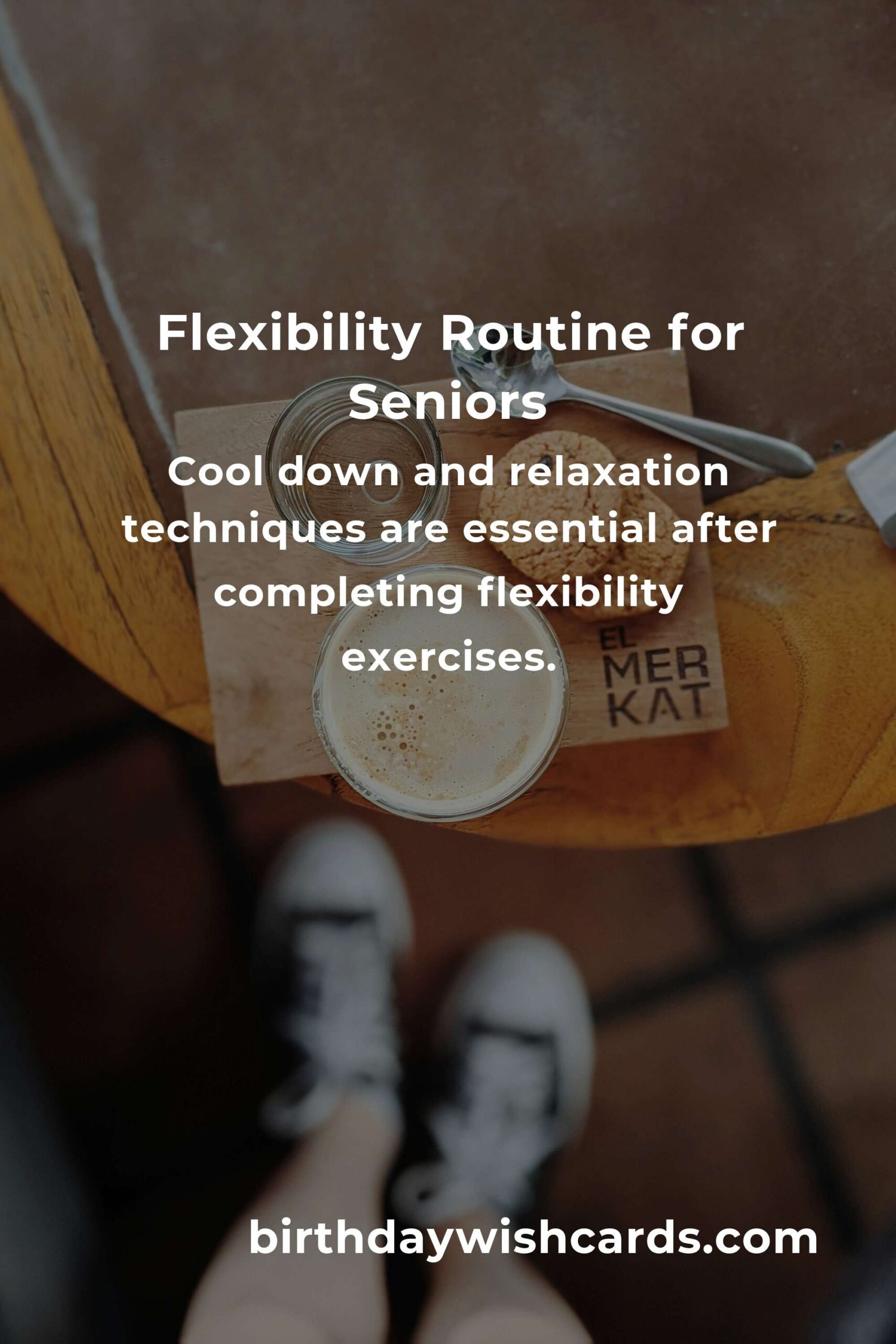
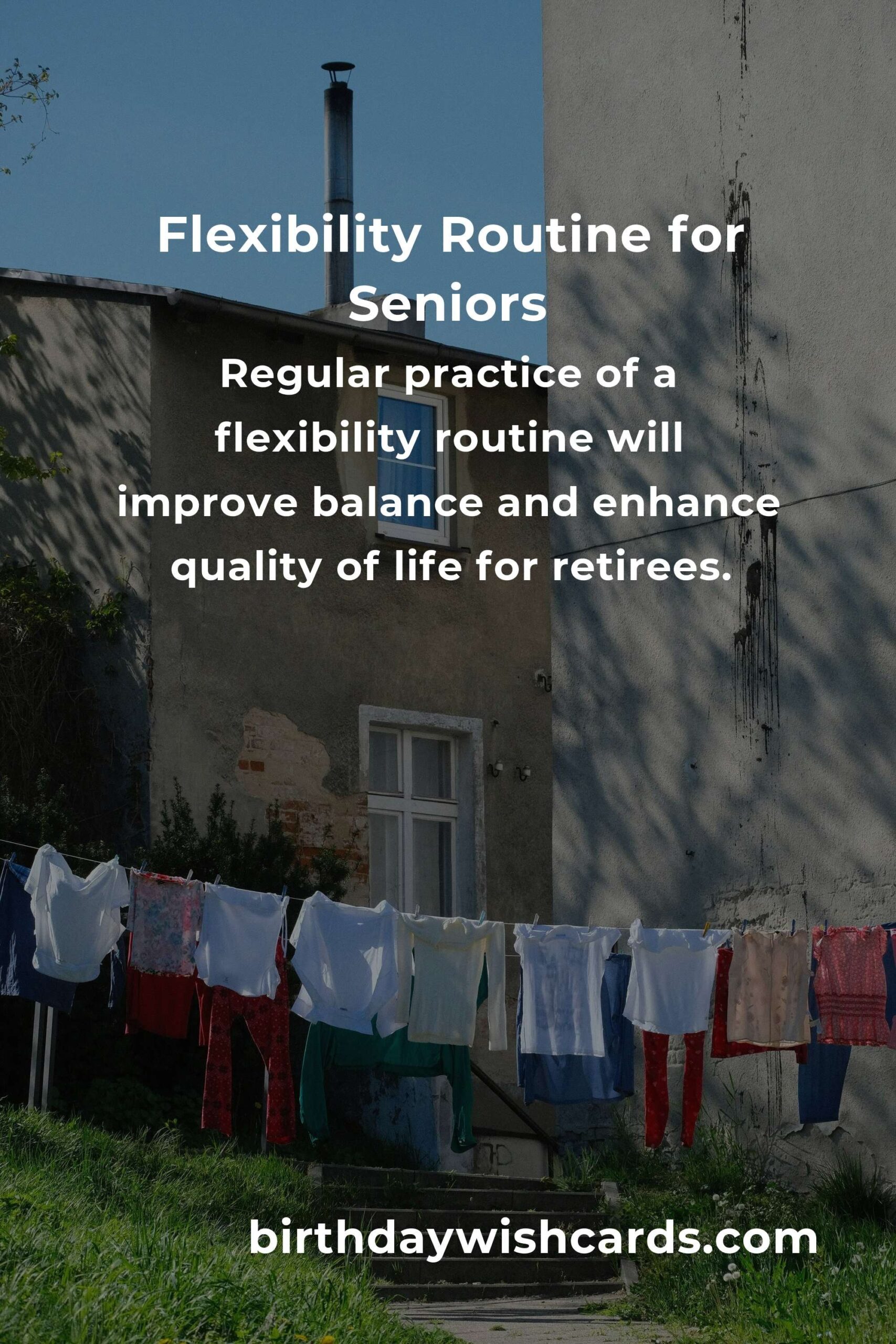
Understanding the Importance of Flexibility
Flexibility is the ability of your joints and muscles to move through their full range of motion. It plays a significant role in daily activities, such as bending, reaching, and walking. For retirees, maintaining flexibility can help prevent injuries, reduce stiffness, and improve posture.
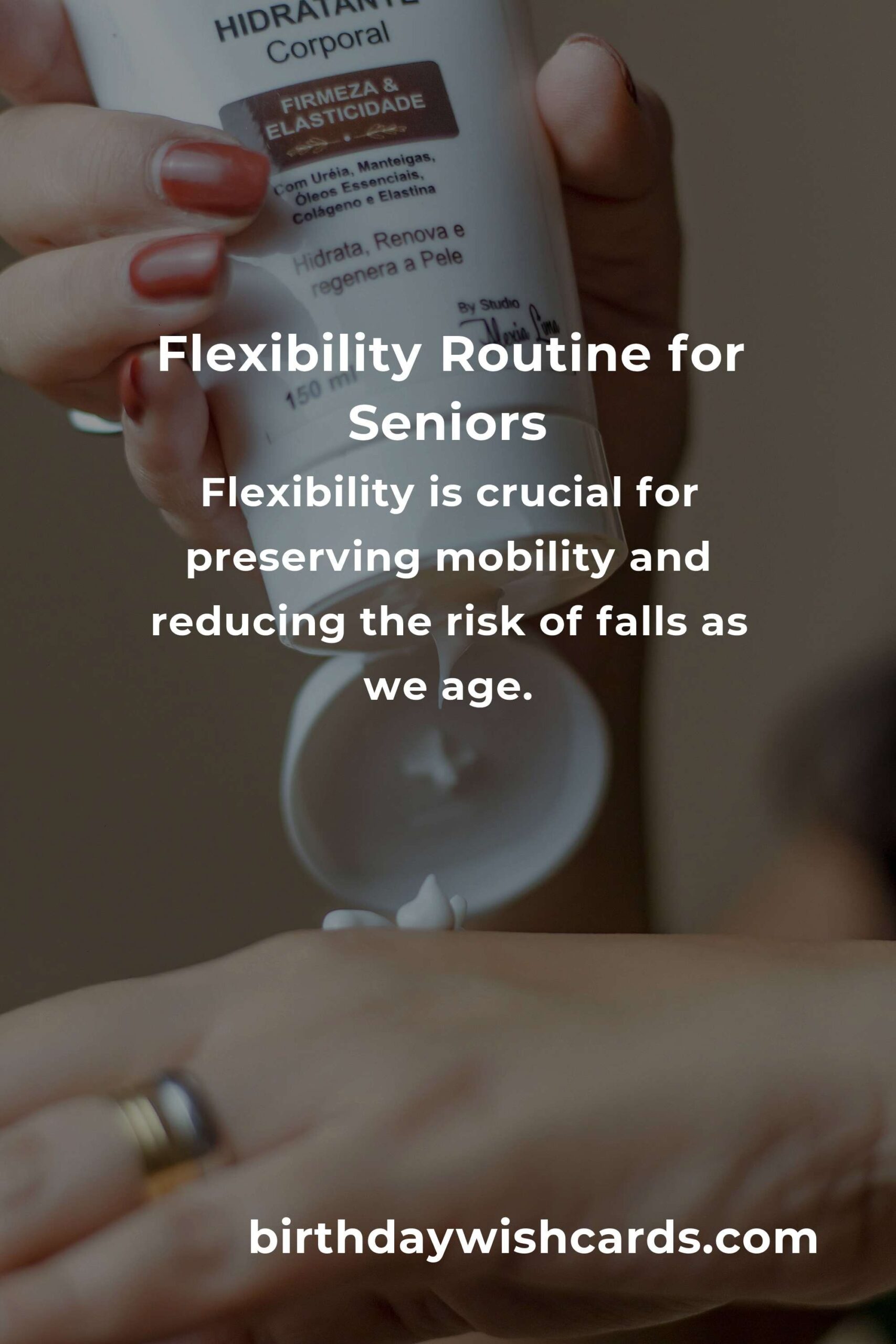
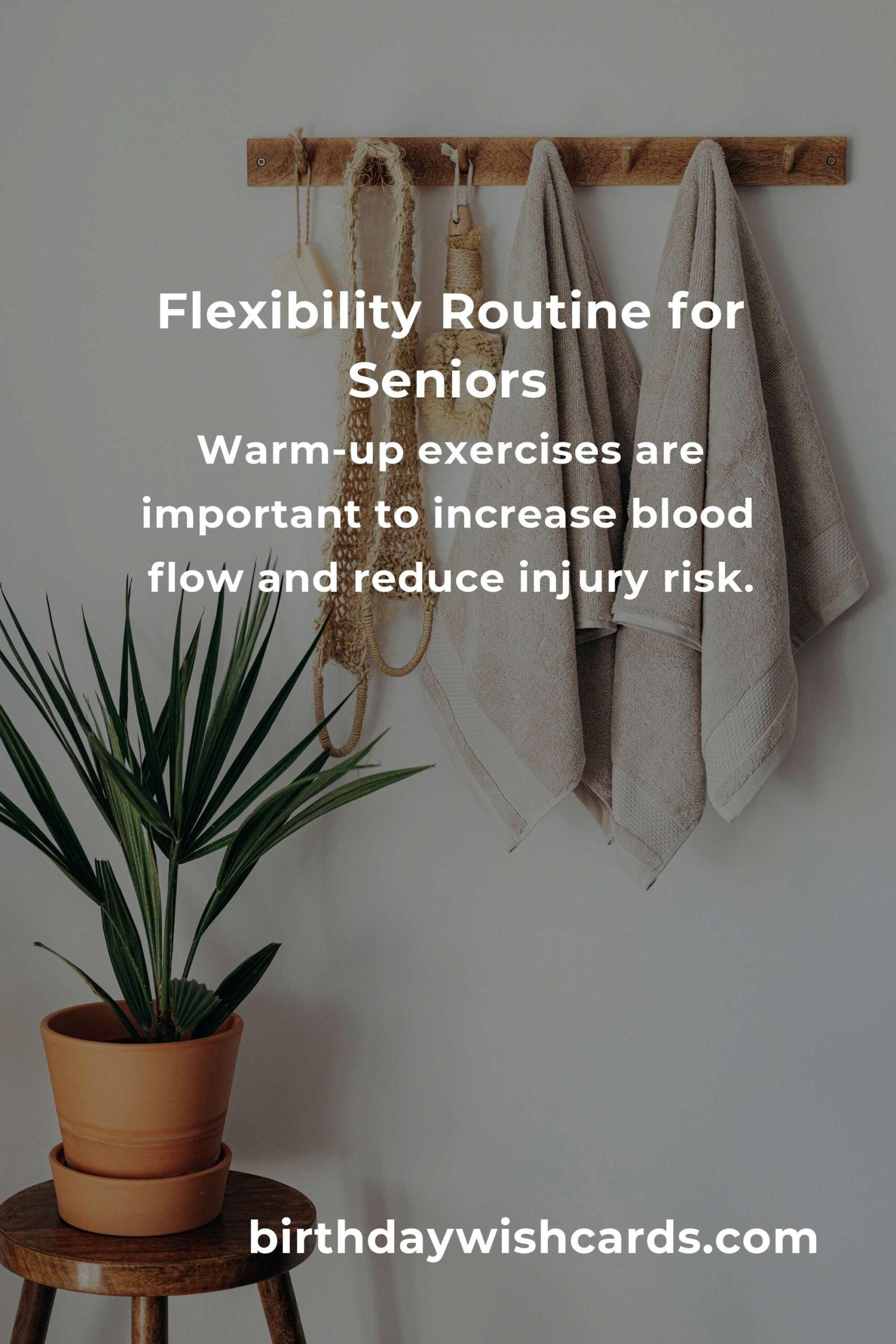
Warm-Up Exercises
Before starting any flexibility routine, it’s important to warm up your body to increase blood flow to the muscles and reduce the risk of injury. Here are some simple warm-up exercises:

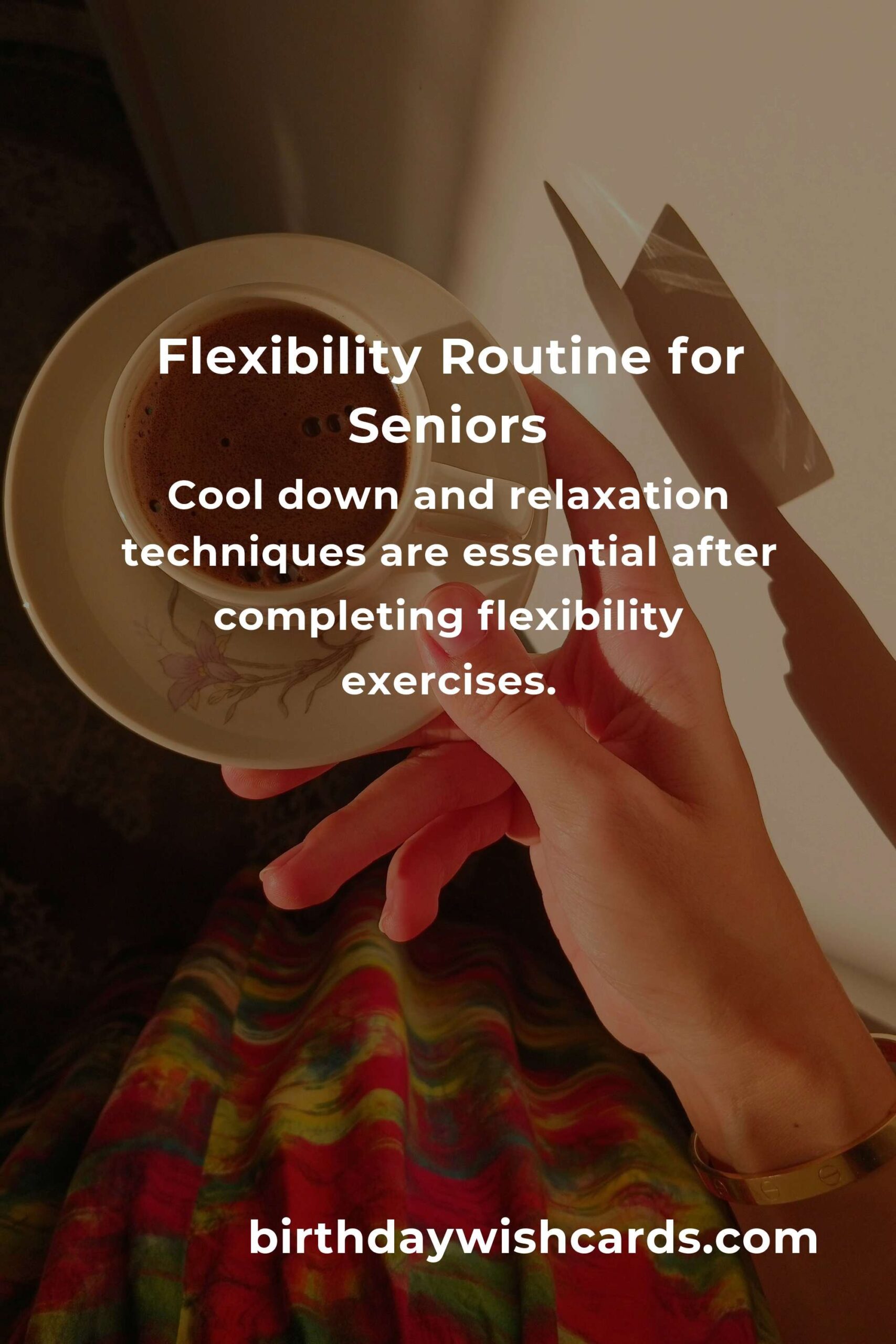
- Marching in Place: Stand with your feet shoulder-width apart and march in place for 2-3 minutes.
- Arm Circles: Extend your arms out to the sides and make small circles for 30 seconds, then reverse the direction.
Flexibility Exercises for Retirees
Below are some effective flexibility exercises that can be easily performed at home:
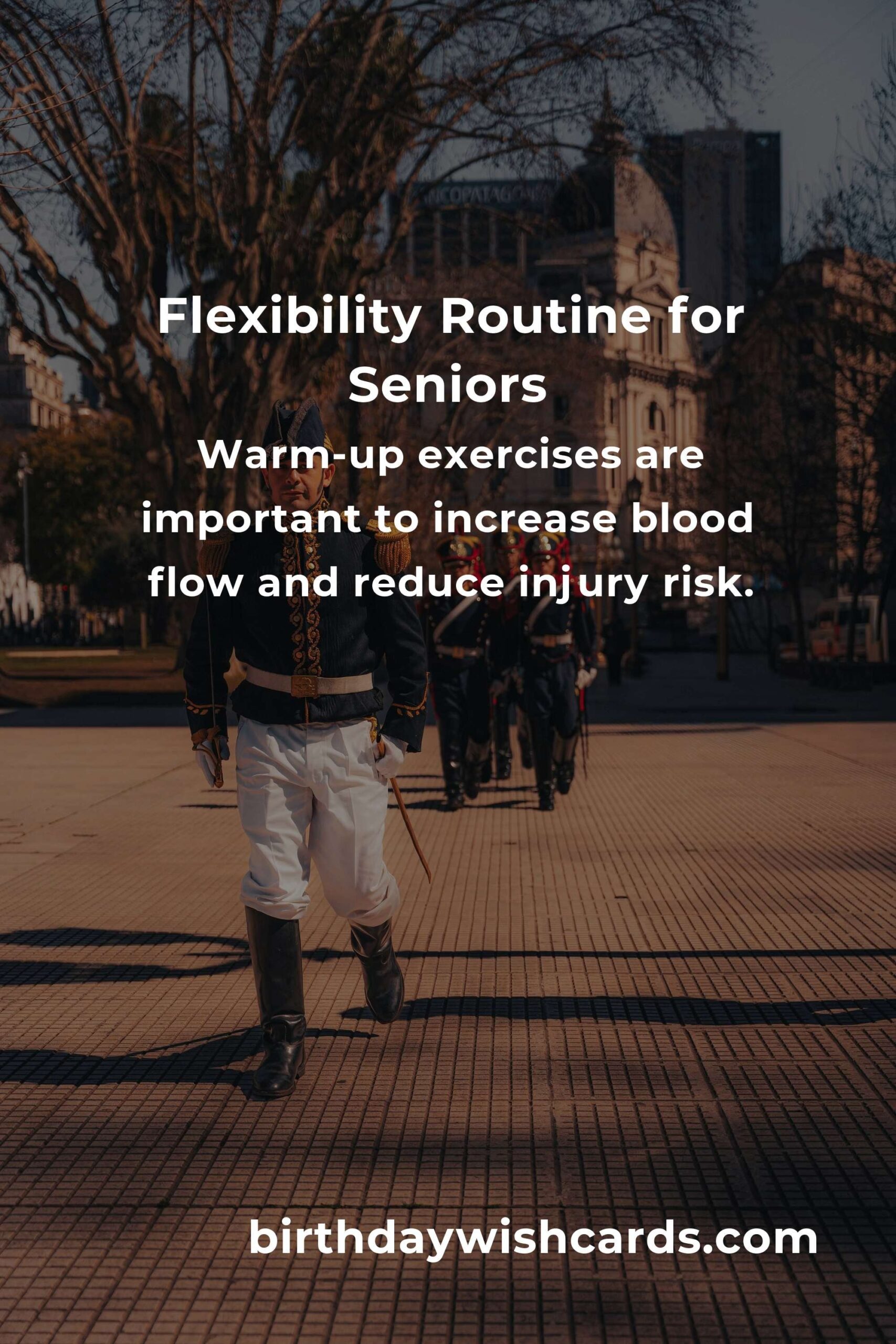
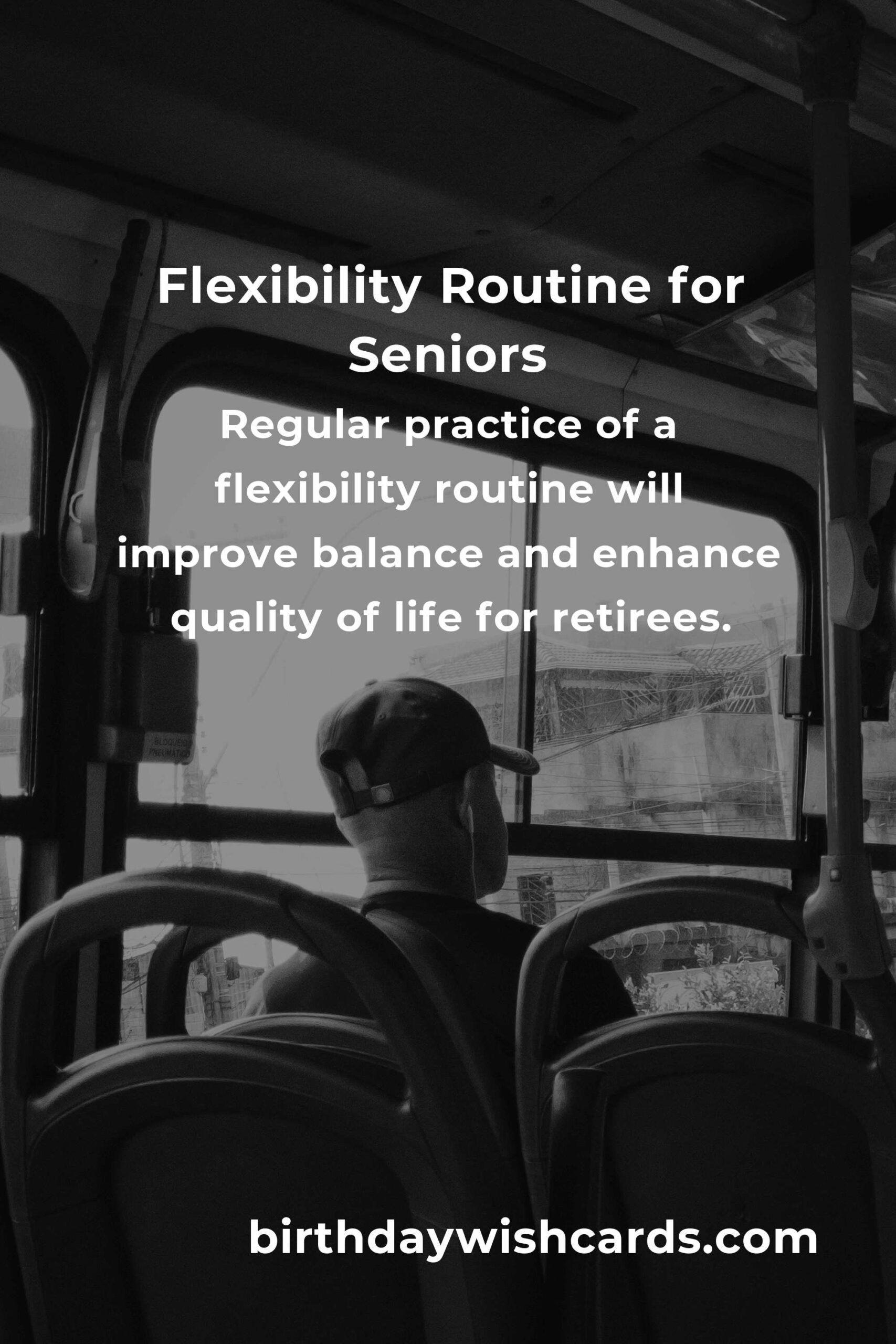
1. Neck Stretches
Gently tilt your head towards one shoulder, hold for 10-15 seconds, and switch sides. Repeat 3 times on each side to relieve neck tension.
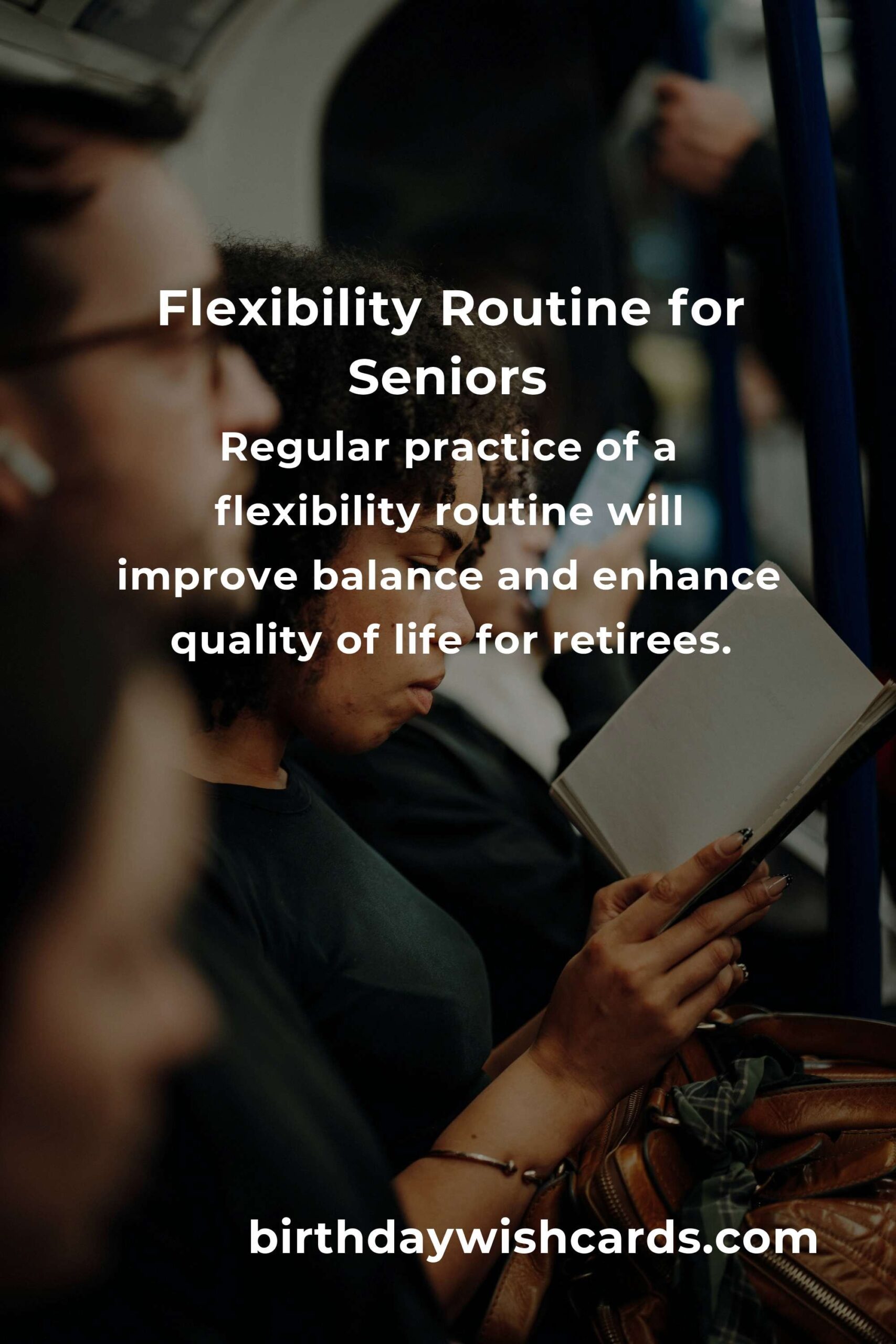
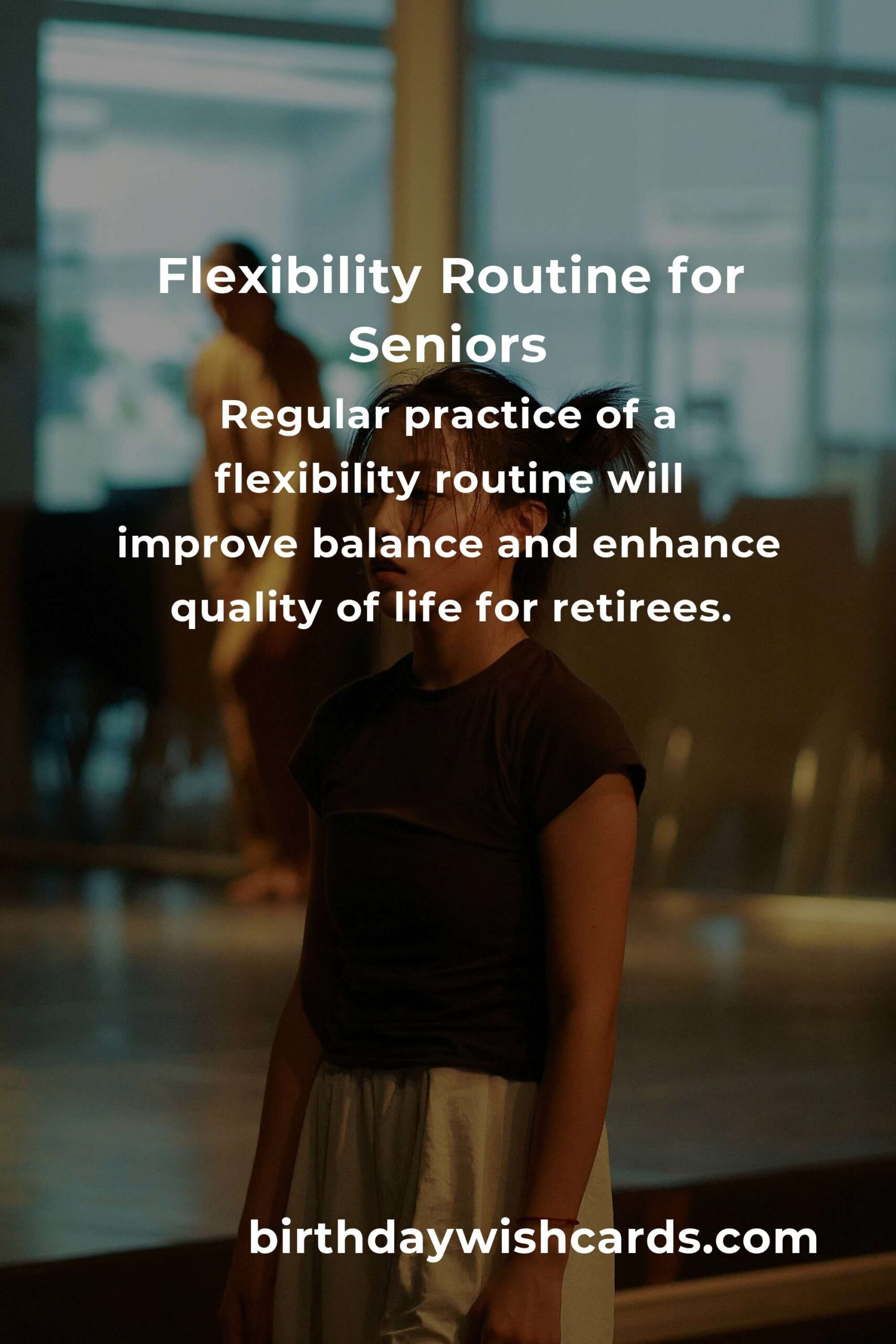
2. Shoulder Stretches
Bring one arm across your body and hold it with the opposite arm. Hold the stretch for 15-20 seconds and switch arms. Repeat 3 times.
3. Hamstring Stretch
Sit on the floor with one leg extended and the other bent. Reach towards the toes of the extended leg. Hold for 15-20 seconds and switch legs. Repeat 3 times on each side.
4. Calf Stretch
Stand facing a wall, place one foot behind the other, and bend the front knee. Keep the back leg straight and press the heel into the ground. Hold for 15-20 seconds and switch legs. Repeat 3 times.
5. Seated Spinal Twist
While seated, keep one foot flat on the ground and cross the other over it. Twist your torso towards the top leg and hold for 15-20 seconds. Switch sides and repeat 3 times.
Cool Down and Relaxation
After completing the flexibility exercises, it’s important to cool down and relax your muscles. Try the following relaxation techniques:
- Deep Breathing: Take slow, deep breaths in through your nose and exhale through your mouth. Repeat for 2-3 minutes.
- Progressive Muscle Relaxation: Starting from your toes, tense each muscle group for 5 seconds and then relax. Work your way up to your head.
Conclusion
Incorporating a home flexibility routine into your daily life can greatly enhance your physical well-being as a retiree. Regular practice of these exercises will help you maintain mobility, improve balance, and enjoy a more active and fulfilling lifestyle. Remember to listen to your body and consult with a healthcare professional if you experience any discomfort.
Flexibility is crucial for preserving mobility and reducing the risk of falls as we age.
Warm-up exercises are important to increase blood flow and reduce injury risk.
Effective flexibility exercises include neck stretches, shoulder stretches, and hamstring stretches.
Cool down and relaxation techniques are essential after completing flexibility exercises.
Regular practice of a flexibility routine will improve balance and enhance quality of life for retirees.
#Flexibility #Retirement #HomeExercise #HealthyAging #SeniorFitness



